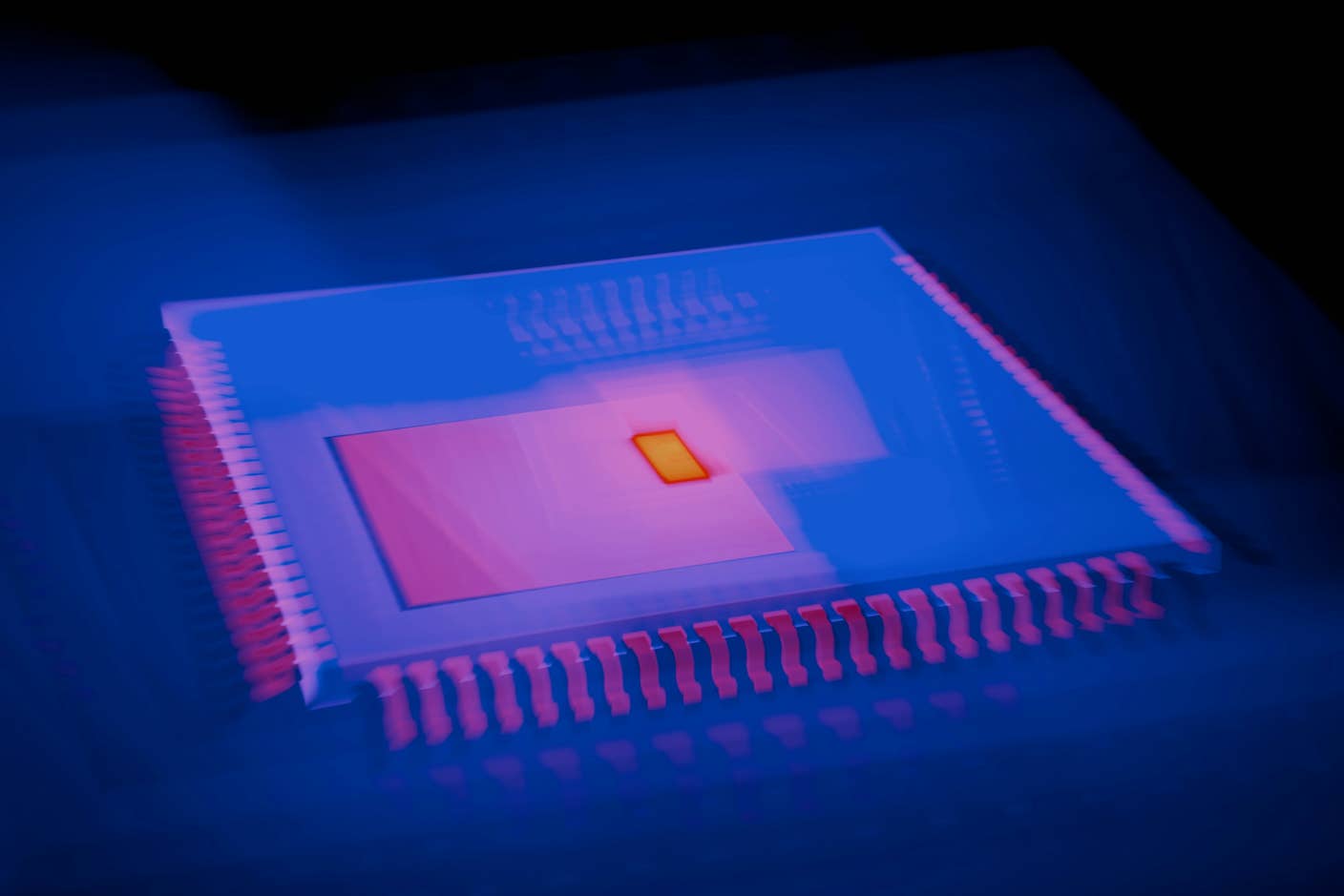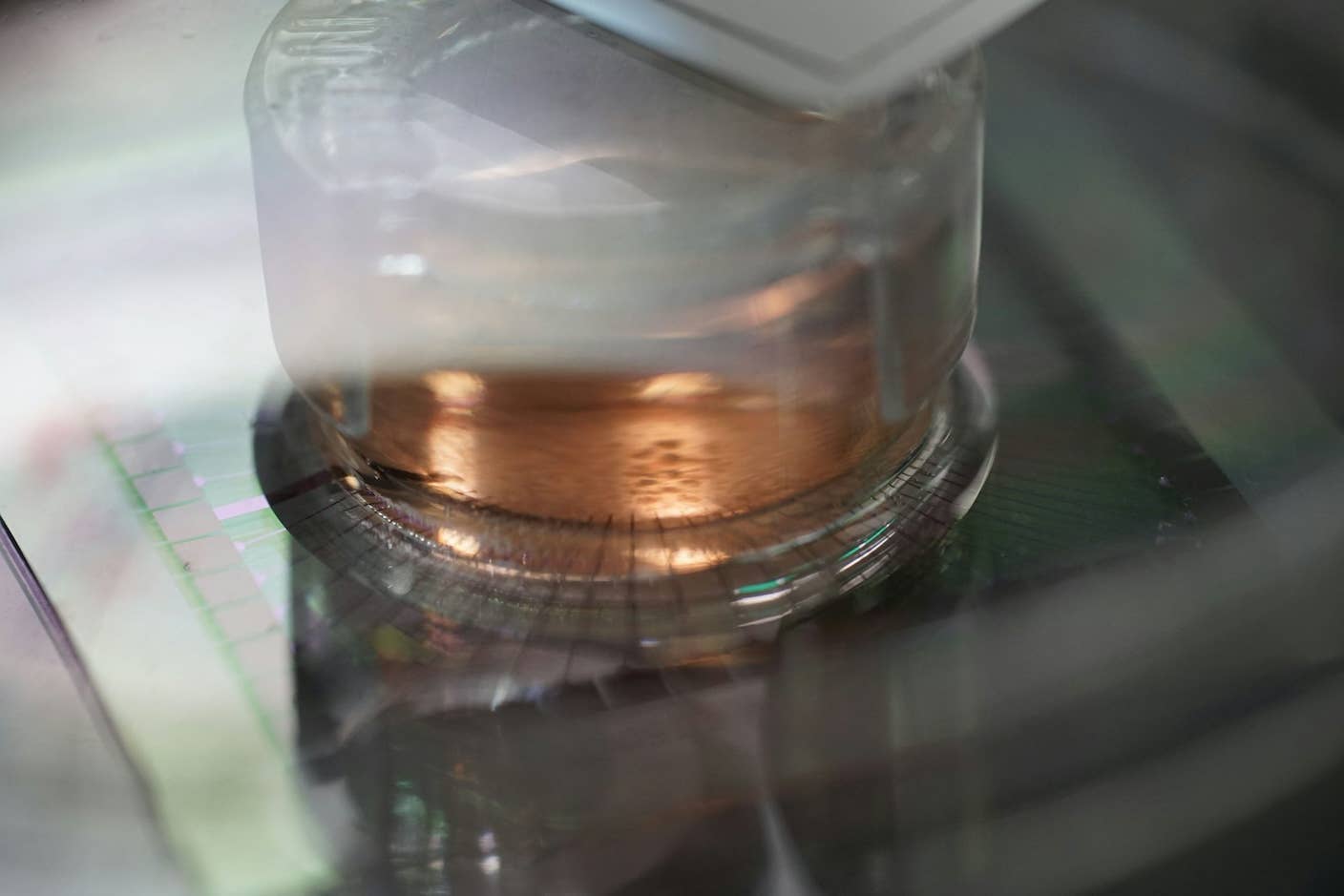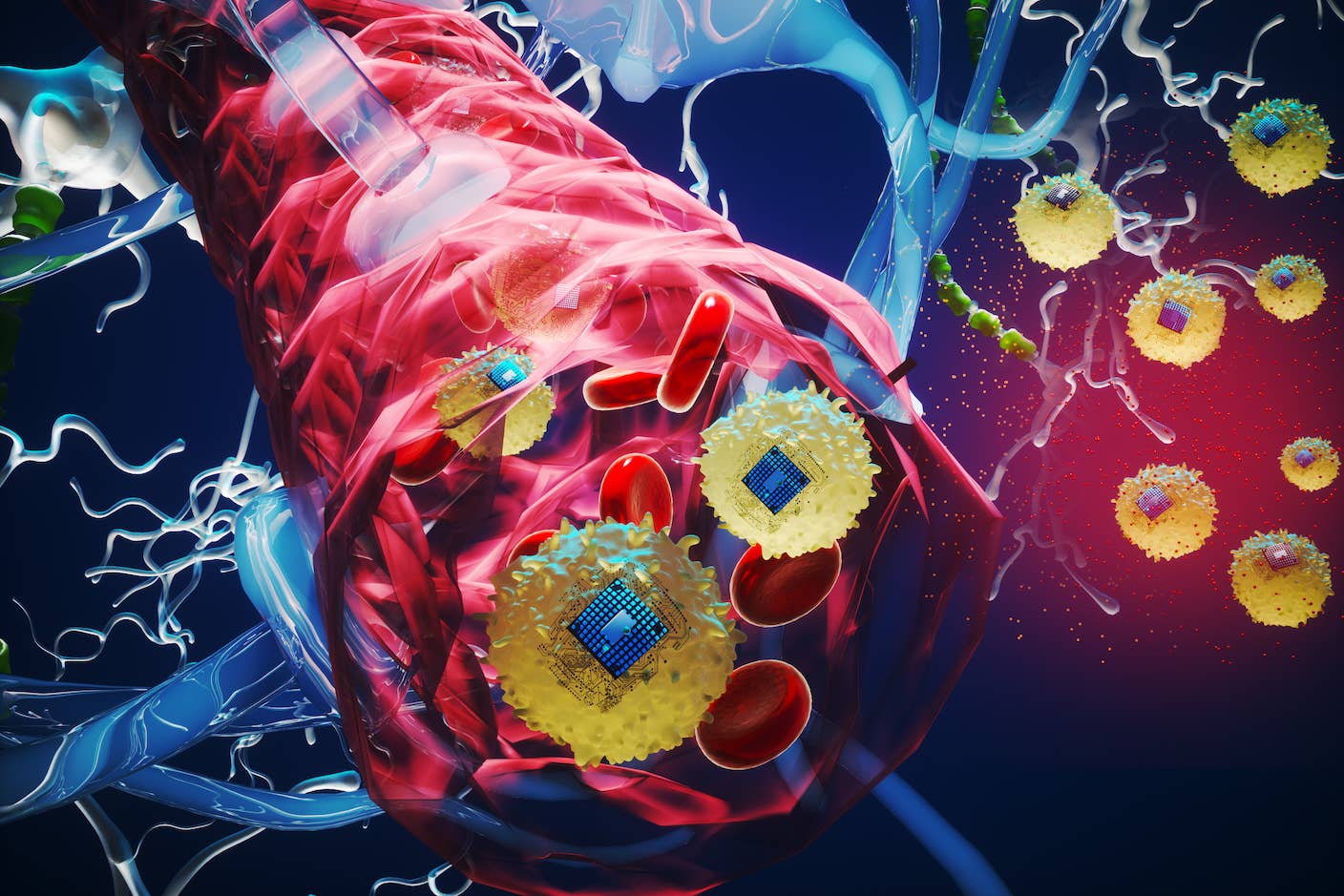Quantum Communication Just Took a Great Leap Forward

Share
Researchers in the field of quantum communication have recently made great strides, taking us closer to a perfectly secure method of communication.
For years, researchers struggled to find ways to amplify quantum signals, store large amounts of quantum data, and allow for more than two nodes in a quantum network. However, in the last two months, solutions to all three of these problems have been found using the bizarre properties of the quantum world, in particular quantum entanglement.
Now that these hurdles have been overcome, quantum networks and even a quantum internet seem like real possibilities.
What is Quantum Entanglement?
Einstein referred to quantum entanglement as “spooky action at a distance,” and it is one of the strangest phenomenons in quantum mechanics.
Put simply, when two particles are allowed to interact in close proximity, they influence each other’s basic properties, such as their spin, polarization, momentum, etc. When these particles are separated, a change to one particle results in a corresponding change to the other at the exact same time. No matter the distance, the particles are intimately connected in a way that has to be fully explained.
For example, when electron A interacts with electron B, one will take on an up-spin state, while the other takes on a down-spin state. Any change in the spin of one instantaneously affects the spin of the other, regardless of distance. In fact, researchers have demonstrated this between entangled particles separated by over 1,200 kilometers.
How Does Quantum Communication Work?
Using the principle of entanglement, researchers have used entangled photons to transfer information between two nodes, in which the sender holds half of the entangled photons and the receiver holds the other half. Communication is made possible by the manipulation of the photons, resulting in an instantaneous change in the corresponding photons.
More specifically, each node of a quantum network consists of quantum processors, which rely on quantum bits, or qubits, instead of classical bits. Qubits can exist in multiple states, known as superposition, allowing them to perform multiple calculations at once, while traditional bits are confined to only a 0 or a 1, limiting them to one calculation at a time. When one quantum processor changes the states of its photons, the corresponding entangled photons are changed in the other quantum processor, thus transferring the necessary qubits.
One benefit of this is that it creates an unhackable system of communication, in that any attempt to eavesdrop or intercept the information would disentangle the particles. This would alter the message and make it immediately obvious that a hacking attempt had occurred.
Although current applications are still limited, it has been successfully used in quantum key distribution. It is also much faster than traditional methods of communication because entangled photons can transmit information instantaneously.
However, entanglement falls victim to decoupling and the no cloning theorem. Decoupling is the tendency for entangled particles to become disentangled due to interaction with their surroundings, while the no cloning theorem states that quantum states cannot be copied.
This makes long distance communication difficult, and, to overcome this, researchers have employed quantum repeaters. One or more of these is placed in between the sender and the receiver, and their purpose is to store photons that are entangled with the sender’s photons as well as photons that are entangled with the receiver's photons. By performing an entanglement swap with a Bell state measurement, the photons of the sender and receiver can be entangled over longer distances.
Currently, several quantum repeaters are needed in even the most basic quantum networks, as they have numerous problems, although researchers have recently developed ingenious methods to overcome them.
Photons, On-Demand
One of the problems with quantum repeaters is that they cannot handle large amounts of traffic, and, if quantum networks are going to replace traditional networks, this needs to be addressed. In a paper published in Science Advances on December 14, researchers from Austria, Sweden, and Italy demonstrated that they can make quantum repeaters more efficient by creating already-entangled photons when needed.
Be Part of the Future
Sign up to receive top stories about groundbreaking technologies and visionary thinkers from SingularityHub.


They did this with the use of quantum dots, which are semiconductors that will emit specific frequencies of light when excited by electricity to create pairs of entangled photons via quantum interference. With this technique, quantum repeaters will have a ready supply of entangled photons to handle as much data as needed.
Storage in Cesium Atoms
Another major problem with quantum repeaters is that they cannot store enough information to make them viable for large-scale quantum networks. That is, they need to store the fragile quantum states of the entangled photons, but previous methods could only do so in very tightly=controlled environments, making it difficult to employ. However, a team of researchers from the Niels Bohr Institute published a paper last month explaining how they can store entangled photons much more simply.
Using a glass jar of Cesium vapor and lasers, the researchers can store and retrieve the entangled photons at room temperature relatively easily. In the paper, they claimed that room-temperature systems are reliable and scalable due to not requiring cooling.
This also improves the lifespan of the entangled photons to a quarter of a millisecond. While this does not sound like much, it translates to only needing a quantum repeater roughly every 50 km, instead of every 10 km with previous methods.
A Rainbow of Wavelengths
Perhaps the biggest obstacle for quantum communication has been the fact that it has been limited to only two nodes communicating at a time. This is because it is exceedingly difficult to create and manipulate more than two entangled particles. While some research shows that it is possible, it is not practical for a quantum network.
However, a team of researchers recently demonstrated that it is possible to use one photon to entangle with several others by splitting it into a variety of wavelengths, as a photon is both a wave and a particle. Each wavelength was then entangled with different photons, allowing for one node to communicate with several at one time.
In a paper published earlier this month in Nature, the researchers described their work as “a fully connected quantum network architecture in which a single entangled photon source distributes quantum states to many users while minimizing the resources required for each.”
Quantum networks and the quantum internet will revolutionize communication. Once they are fully developed and adopted on a wide scale, people will not only be able to communicate at speeds orders of magnitude faster than today, but they will no longer need to worry about security.
Until recently, this scenario was thought to be in the distant future—but large-scale quantum communication may now be possible sooner than we thought.
Image Credit: Dmitriy Rybin / Shutterstock.com
Scott is currently doing research and editing for the UN. He's most interested in sustainable energy, global politics, and cryptocurrencies. In his spare time, he enjoys reading and being outdoors.
Related Articles

This Light-Powered AI Chip Is 100x Faster Than a Top Nvidia GPU

How Scientists Are Growing Computers From Human Brain Cells—and Why They Want to Keep Doing It

These Brain Implants Are Smaller Than Cells and Can Be Injected Into Veins
What we’re reading